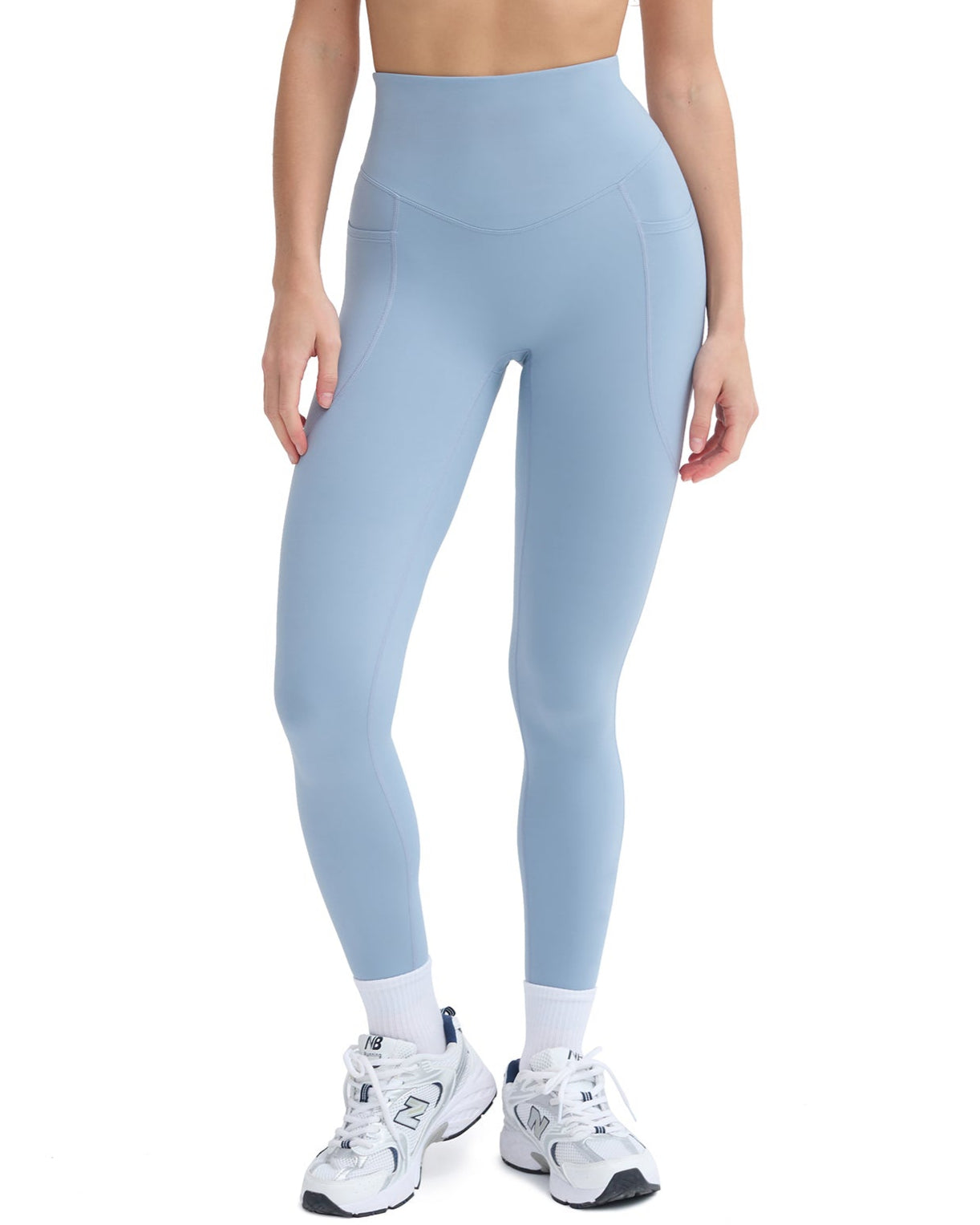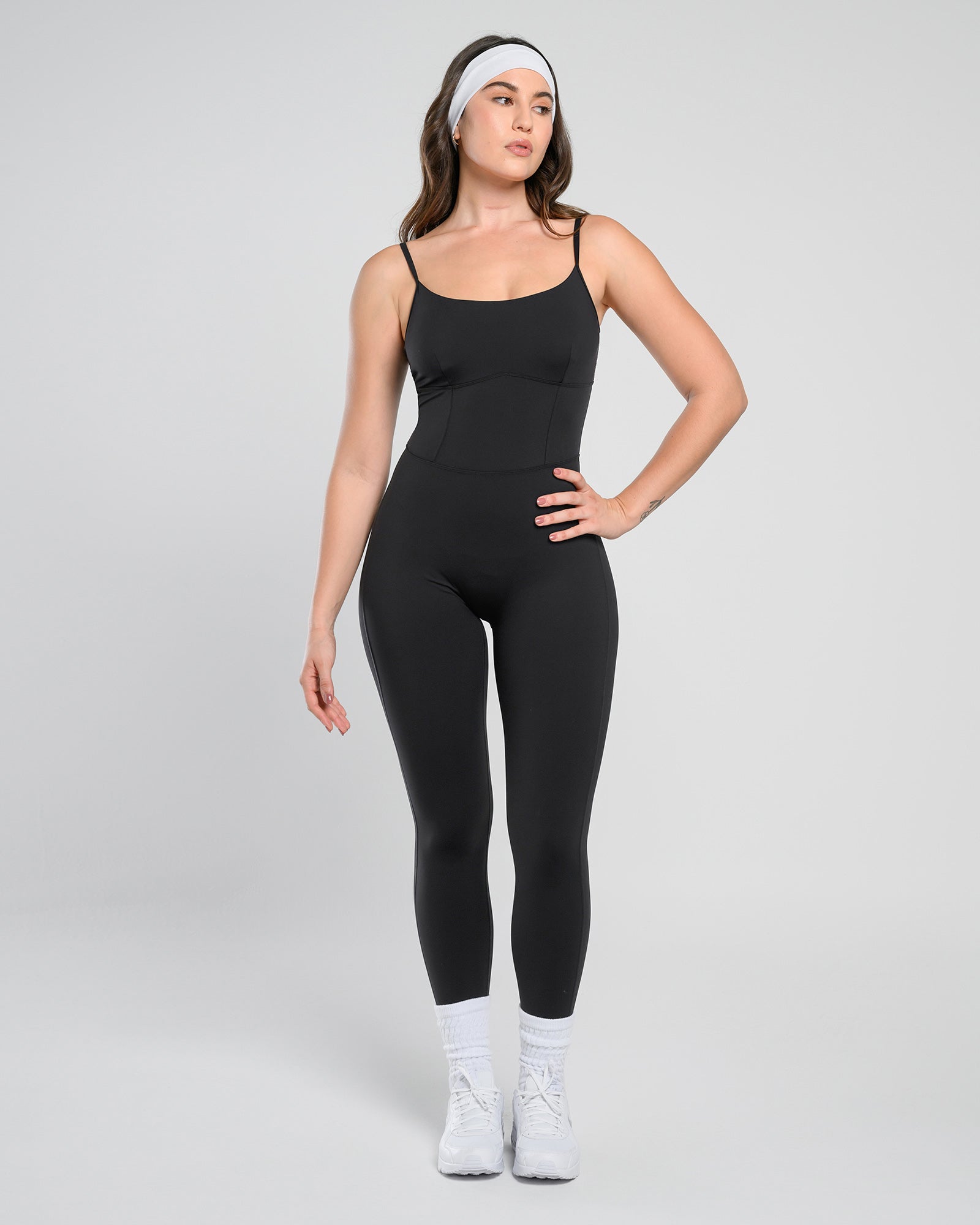As winter approaches, the elements—cold temperatures, snow, and strong winds—present special difficulties for our clothing. Our winter clothing must be properly cared for in order to stay in excellent shape and continue to offer warmth and style all winter.

Winter Clothes Storage Strategies
Winter clothing needs to be stored with extra care to keep it in good condition and ready for the winter months.
Clean Before Storing
Cleaning must be done thoroughly before winter clothing is stored. Use gentle detergents, pay special attention to delicate fabrics, and abide by care labels. Particularly important for delicate materials like wool and cashmere, laundering instructions tailored to each garment guarantee a delicate but efficient cleaning procedure.
High-Grade Storage Containers
Invest in high-quality, airtight-sealing containers to protect clothing from moisture, dust, and pests. Clear containers make it simple to identify contents and help you find particular items without taking up the entire storage area. Using airtight seals helps protect your winter clothing by forming a barrier against external elements.
Appropriate Folding and Hanging Methods
Use appropriate folding and hanging techniques to avoid stretching and deformity. Clothes shapes are maintained with sturdy hangers and by avoiding wire hangers. Use tissue paper in between folds when folding bulkier items, such as sweaters, to reduce creases, especially with delicate fabrics.
Climate-Controlled Storage
For the best humidity and temperature control, think about climate-controlled storage to protect your winter clothing. If you live in an area with significant temperature fluctuations or if your home is lacking in closet space, this option is extremely beneficial.
Frequent Checks
In order to quickly address issues, periodically check stored items for moisture, pests, and other problems. Early identification of possible issues enables prompt intervention and stops any harm from escalating.
Washing and Drying Techniques for Winter Clothes
It's important to know the proper methods for washing and drying winter clothing to preserve it.
Follow Care Labels
Follow the care labels closely for precise washing and drying instructions. To protect fabrics, use cold water and a mild detergent. Your winter wardrobe will last longer if you follow the care instructions provided for each type of fabric.

Air-Dry Delicate Items
To keep delicate fabrics from shrinking and preserve the garment's original shape, air-dry them. For silk or items with delicate detailing, air-drying is especially advised to avoid potential damage from high heat.
Low-Heat Setting for Sturdier Materials
When drying, use a low-heat setting for more durable materials like fleece and wool to prevent shape and texture loss. Elevated temperatures may weaken the composition of these textiles, resulting in distortion.
Dealing with Stains on Winter Clothes
Winter clothing is prone to stains; prompt and appropriate cleaning is essential.

Prompt Stain Treatment
Using a fresh cloth, gently blot stains without rubbing. For spot cleaning, use a stain remover or a mild soap and water solution. For delicate fabrics or stains that are difficult to remove, professional dry cleaning is advised. The quick treatment guarantees that stains are removed before they have a chance to set in.
Repairing and Patching Winter Clothes
Winter clothing is susceptible to deterioration, so proactive maintenance is required.
Timely Inspections
Check frequently for wear indicators like loose buttons or ripped seams. Resolving problems early on stops additional harm. For last-minute repairs, a simple sewing kit containing a needle, thread, and small scissors can be quite helpful.
Basic Sewing Kit
Having a basic sewing kit on hand guarantees that you can take care of small repairs right away. This includes repairing tiny tears, reattaching buttons, and stitching up loose seams.
Professional Tailoring
Seek expert tailoring for large repairs or delicate fabrics. Skilled tailors can reinforce and mend winter clothing to make it last longer, especially if the clothing is sentimental or expensive.

Maintaining Waterproofing for Winter Gear
It is essential to preserve waterproofing in wet and snowy conditions.
Regular Checks
Check boots and jackets frequently for reduced waterproofing, paying special attention to high-wear areas. Frequent inspections can aid in the early detection of possible problems, particularly prior to the winter season.
Reapplication of Waterproofing
Recognize and act quickly to address reductions in water resistance. Use products recommended by the manufacturer to reapply waterproofing, such as waxes, waterproofing sprays, or other specialty treatments that improve water repellency.
Seasonal Refresh and Inspection
When winter draws near, use this time to clean and organize your winter clothing before putting it back into service.

Refreshing Fabrics
Give your winter clothes a breath of fresh air before putting them on. To get rid of any lingering storage smells, hang them outside on a sunny day. This easy step will give your clothes new life and increase the pleasure of wearing them.
Inspection for Damages
Check every item of clothing carefully for any indications of wear or changes from storage. Examine any buttons that are missing, loose threads, or other problems that might have developed during the off-season. A seamless experience is ensured by taking care of these problems prior to wearing the clothes.
Professional Cleaning
For certain items—especially ones that haven't been worn in a while—a professional cleaning may be worthwhile. Expert cleaners have the ability to revitalize and refresh fabrics, guaranteeing that your winter attire feels and looks its best. For upscale or specialty textiles that might need specific maintenance, this step is especially helpful.
Mindful Wear and Care During the Season
Embracing the winter season and adopting thoughtful habits for wearing and caring for your winter wardrobe will help it last longer.
Layering Techniques
Learn how to layer well to stay warm without sacrificing style. To accommodate temperature fluctuations, opt for thermal options when necessary and stick to light base layers. This lessens wear on individual garments while also improving your comfort.

Spot Cleaning
Apply spot cleaning methods as soon as possible to remove stains. Prevent stains from setting by carrying wipes or a portable stain remover in your bag for on-the-go cleaning. Spot cleaning on a regular basis guarantees that your clothes stay in excellent condition all season.
Weather-Appropriate Footwear
To keep your shoes free of snow and salt, wear footwear that is appropriate for the weather. To avoid damage, wipe off any accumulated salt or debris on a regular basis. Taking good care of your shoes not only extends their life but also helps you achieve a polished, well-groomed winter look.
End-of-Season Care
It's time to give your winter clothes some TLC as the season draws to an end before putting them back in storage.
Cleaning and Repairs
Examine your winter clothing one last time for stains and other damage. Prior to being stored, make any necessary repairs or cleanings. By taking this proactive measure, you can be sure that your clothes will be prepared for use come wintertime.
Proper Storage
To guarantee that your winter clothing is kept in top condition and ready for the upcoming winter season, adhere to the previously mentioned storage strategies. During this stage, choosing the right container and folding sand hanging techniques are still essential.
Donation or Resale
If you have items you no longer need, think about donating them or looking into reselling good-quality items. This eco-friendly method clears up clutter and gives your winter clothing a purpose that lasts longer than just one season. Additionally, it supports a fashion cycle that is more socially and environmentally conscious.
Caring for winter clothes is crucial for preserving their quality and functionality. Start by cleaning garments thoroughly using gentle detergents and following care labels. Invest in high-quality, airtight storage containers to shield clothing from moisture, dust, and pests. Use appropriate folding and hanging methods to prevent stretching, and consider climate-controlled storage for optimal conditions. Regular checks ensure early identification and resolution of issues like moisture or pests.
Follow care labels and wash winter clothing in cold water with a gentle detergent. For sturdier materials like fleece and wool, use a low-heat setting; for delicate items, air-dry to retain shape. Treat stains as soon as possible with mild techniques, and check for wear indicators on a timely basis. Use natural repellents, such as lavender sachets, to keep moths away, and make sure your waterproofing is maintained by checking and reapplying it frequently. Clothes should be aired out and, if needed, professionally cleaned as part of a seasonal makeover before winter. Wearing clothing with consideration throughout the winter, such as layering strategies and footwear suitable for the weather, helps to preserve garment quality. A final inspection, appropriate storage, and the possibility of donation or resale for sustainable practices are all part of end-of-season care.









